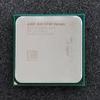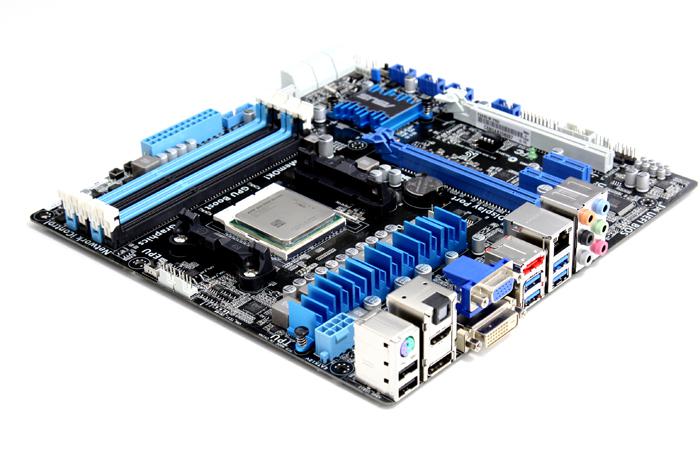Finals Words and conclusion
Final words and conclusion
Much like the A10 5800K APU , the A10 5700 as tested today is a product for entry-level towards mainstream PCs. The differences at CPU level in-between the two models are 10% at best. GPU Wise you'll see roughly similar performance. The lower base-clock of 3400 MHz might be a little bothersome for some of you but the reality is that by doing so AMD prolly also shaves off a little bit on voltage levels. And that makes the TDP drop from 100 towards a very respectable 65 Watt.
Performance
Overall though our conclusion remains similar to the A10 5800 review, the big caveat for this product series will remain processor power. We truly had higher hopes for the Piledriver CPU cores for them to make a substantial enough difference. However the benchmarks are all over the place -- overall the CPU cores are a hint faster opposed to the previous generation Llano products. Realistically though if you build a PC for everyday usage like browsing, a little work like perhaps Photoshop then it's all good really.
So processor wise, it's a relatively small speed-bump. On the IGP (graphics) side of things we are impressed, moving the GPU towards ATI's latest architecture shows the potential really well. I mean for an IGP the graphics performance kicks ass. Combined with a great video de and encode and all the multi-monitor output lovin this APU offers, AMD simply wins hands down.
Power Consumption
TDP wise AMD tried to lowered power usage for the A10 5700. In IDLE (no dedicated graphics card installed) you'd sit at roughly 35~40 Watts, however when we start to stress the CPU cores then power consumption boosts upwards to roughly 100~110 Watt (for the entire PC). That's quite a bit considering the performance level of the APU
The Platform overall
Any Trinity based platform will offer value for money though. A very strong selling point obviously is the embedded GPU. And combined with the A85X chipset, features like a native six fold of SATA-600 and USB 3.0 support is offered. Also a very powerful Catalyst based software suite surrounding Trinity definitely brings heaps of advantages to AMD opposed to the competition.
So if you purchase an A75 or A85X motherboard, PSU, HDD/SSD, memory and the APU -- and you are good to go really -- a fully functional PC is what you get, for very little money. The A10 5700 APU offers decent enough CPU performance, excellent multi-media options, the Full HD experience and sure, even gaming, albeit very low level will work. But at 115 EUR for this APU, obviously it is a very entry-level to mainstream product.
Overclocking -- We tried and we failed. Whatever we tried, in combo with our ASUS motherboard overclocking would not work. Even increasing the multiplier towards 4400 MHz would results into anomalies. We are certain this is a BIOS issue we stumbled into. But as such, no overclock results in today's article.
Heat levels -- the per-core temperatures are not reported properly with any software we tried. But the CPU base temperature could be measured and monitored. The temperatures of the APU are a non-issue; obviously we always recommend a proper cooler. But expect a thermal envelope of 50 Degrees C with a decent cooler and heavy APU stress.
The AMD A10 5700 processor as tested today offers what AMD always offers, an interesting alternative with every gadget available on-board. If you purchase an A10 APU with the combination of that 85X based motherboard, you'll have a processor, graphics subsystem, up-to eight SATA-600 ports, USB 3.0, heaps of USB 2.0 ports, Gigabit Ethernet, HD audio and you simply get a very up-to-date PC.
So yeah, for 115 EUR the A10 5700 can make a lot of sense. This processor slash graphics hybrid symbiosis called APU remains hard to beat in terms of features performance and well all the goodness you can expect from a great APU. Value and fun is what the platform offers. Our conclusion stands, a A10 5700 with an A75 or A85X based motherboard for normal daily usage is just fine, it's great for HTPCs and even a game or two albeit in lower resolutions.
- Sign up to receive an email when we publish new articles
- Or go back to Guru3D's front page.


